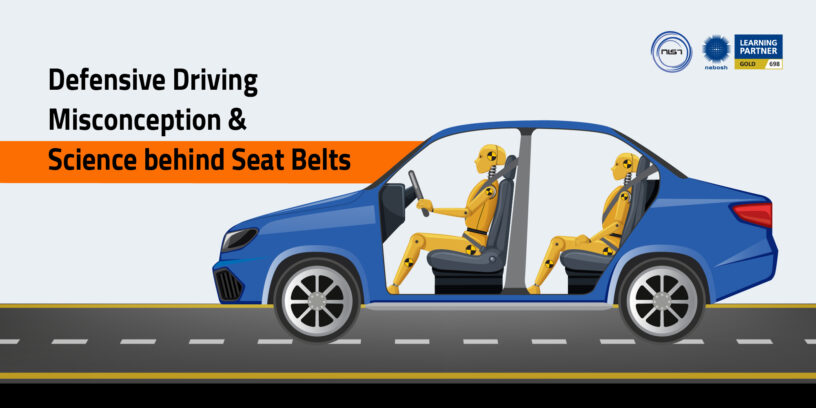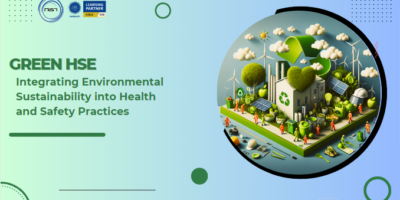Seat belts operate on the concept of physics and mechanical engineering. When a vehicle moves, the occupants within move at the same rate. If the car comes to a complete halt, like in the event of a collision, the passengers inside will continue to move due to inertia, perhaps resulting in severe injuries or even death.
Seat belts help to compensate for this inertia. They accomplish this by dispersing the impact of the rapid deceleration across larger and stronger areas of the body, such as the chest, pelvis, and shoulders. This force dispersion aids in lowering the total effect on any portion of the body.
The seat belt system is made up of several parts, including the webbing, retractor, and buckle. The webbing is comprised of high-strength materials that can sustain strong stresses. When it detects unexpected movement or a collision, the retractor mechanism rolls up the surplus belt webbing and locks it in place, preventing the passenger from being flung forward. The buckle holds the seat belt securely in place.
What are the Common Misconceptions about Seat Belts?
Several myths and misconceptions about seat belts can deter their use. Here are a few common ones:
- “Seat belts are uncomfortable and restrictive.” While it may take some time getting used to wearing a seat belt, newer designs promote comfort over safety. You can adjust the seat belt to make it more comfortable for you.
- “I don’t need a seat belt for short trips or when driving slowly.” Accidents can happen at any time, even on short journeys around the block or at modest speeds. In reality, the majority of car accidents happen within 10 miles of home.
- “If my car has airbags, I don’t need a seat belt.” Airbags are intended to supplement, rather than replace, seat belts. You could be flung into a quickly inflating airbag if you are not wearing a seat belt, which can result in serious harm.
- “I could get trapped in a fire or underwater if I wear a seat belt.” Fire and water incidents account for only a small percentage of car accidents. Furthermore, a seat belt can prevent you from being knocked unconscious, increasing your chances of survival.
Despite these misconceptions, there are much more advantages to utilizing seat belts than there are problems. The huge decrease in the danger of death and serious injuries in the event of a collision is the seat belt’s main advantage. According to studies, seat belts reduced the risk of mortality and serious injury by 50% and 45%, respectively.
Drivers and passengers are shielded from the impact by seat belts. It is 30 times more likely for passengers who are not buckled up to be thrown from a car in an accident. In a deadly collision, more than three out of every four ejected victims pass away from their wounds. It’s crucial to keep in mind that using a seat belt will safeguard you as well as the other occupants of the car. Unbuckled passengers in a collision risk becoming projectiles that could harm or kill other passengers.
Never forget that wearing a seat belt is about more than just abiding by the law; it’s also about preserving your life and the lives of everyone else in the vehicle. The decision should be automated on every journey. Before you leave, fasten your seatbelt, and make sure all of your passengers do the same. The brief amount of time it takes to buckle up is a small price to pay for your safety and the safety of those you care about. As we’ve seen, the results of not doing so can be disastrous and irreparable.
We hope that this blog has emphasized how essential seat belts are as we come to a close on our exploration of the lifesaving value of seat belts. It is indeed an imperative step for a defensive driving approach that should be executed for safe driving.
Defensive Driving Training @ NIST Global
NIST Global offers Defensive Driving classes from the National Safety Council, USA, allowing people to learn and get certified in defensive driving practices. Additionally, we offer corporate clients specialized defensive driving training that may be tailored to meet their unique requirements.
For further details about Defensive Driving Training, kindly contact our client servicing team @ +91 8754465588 / info@nistglobal.com














Leave a Reply